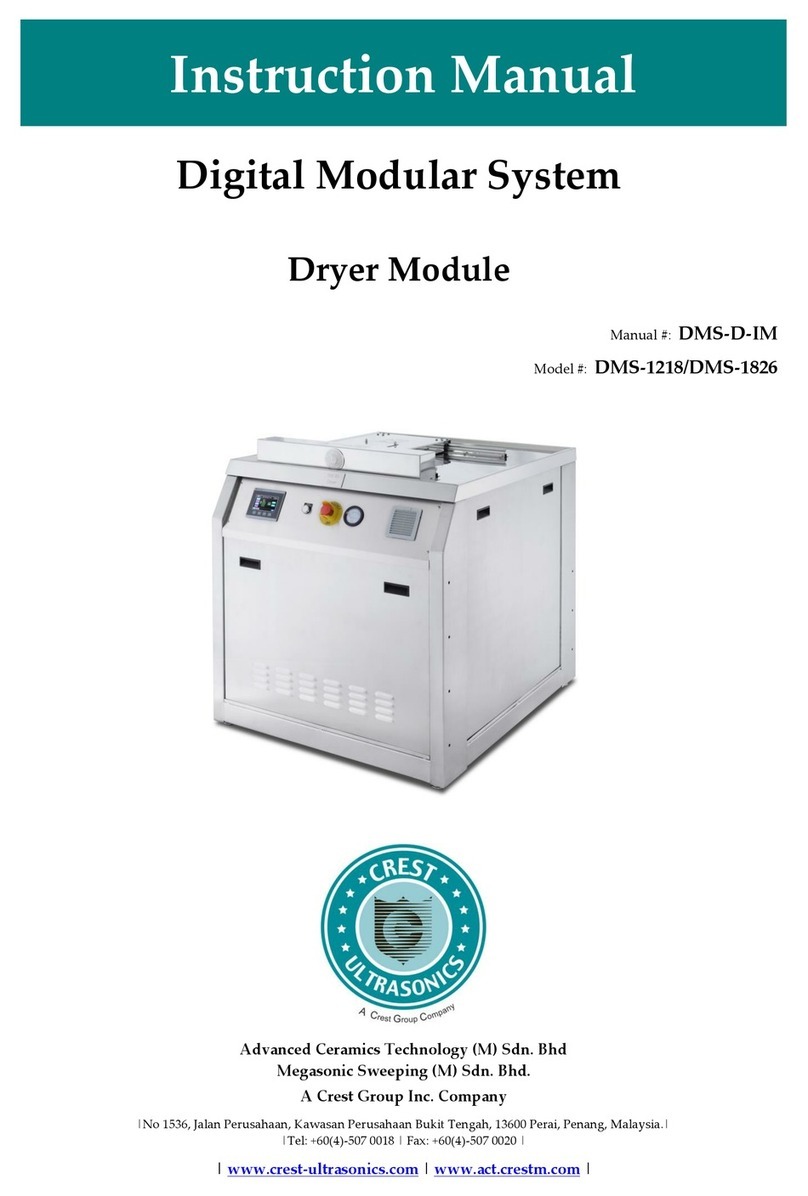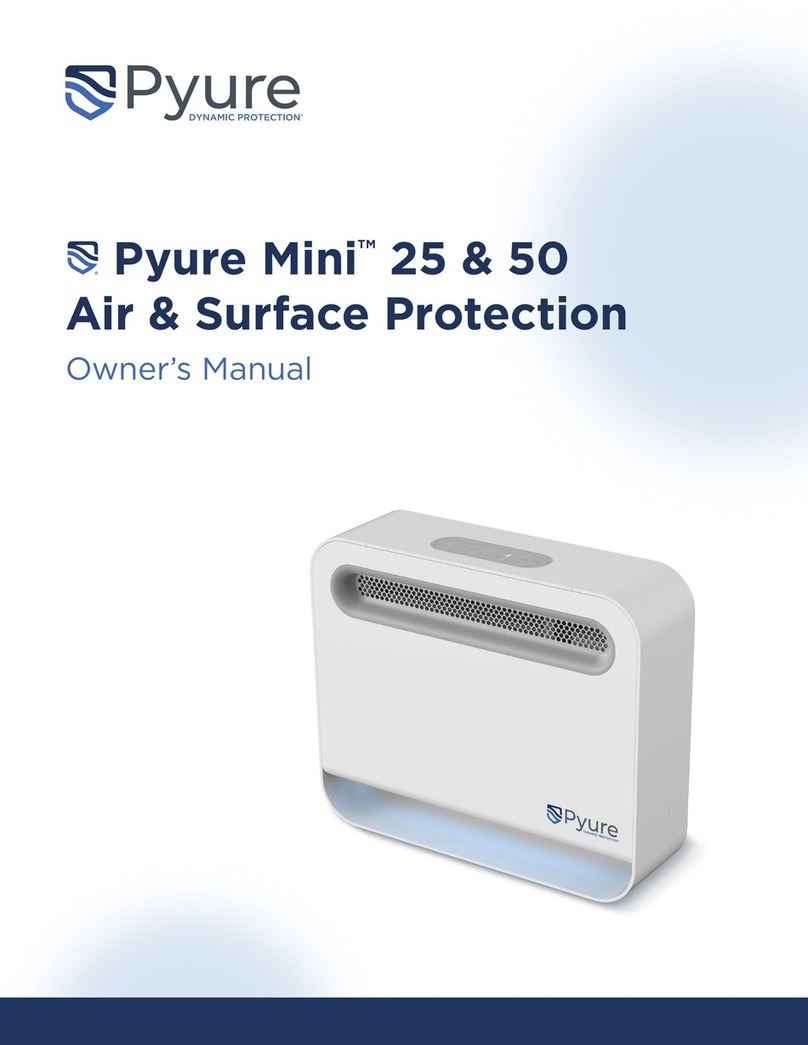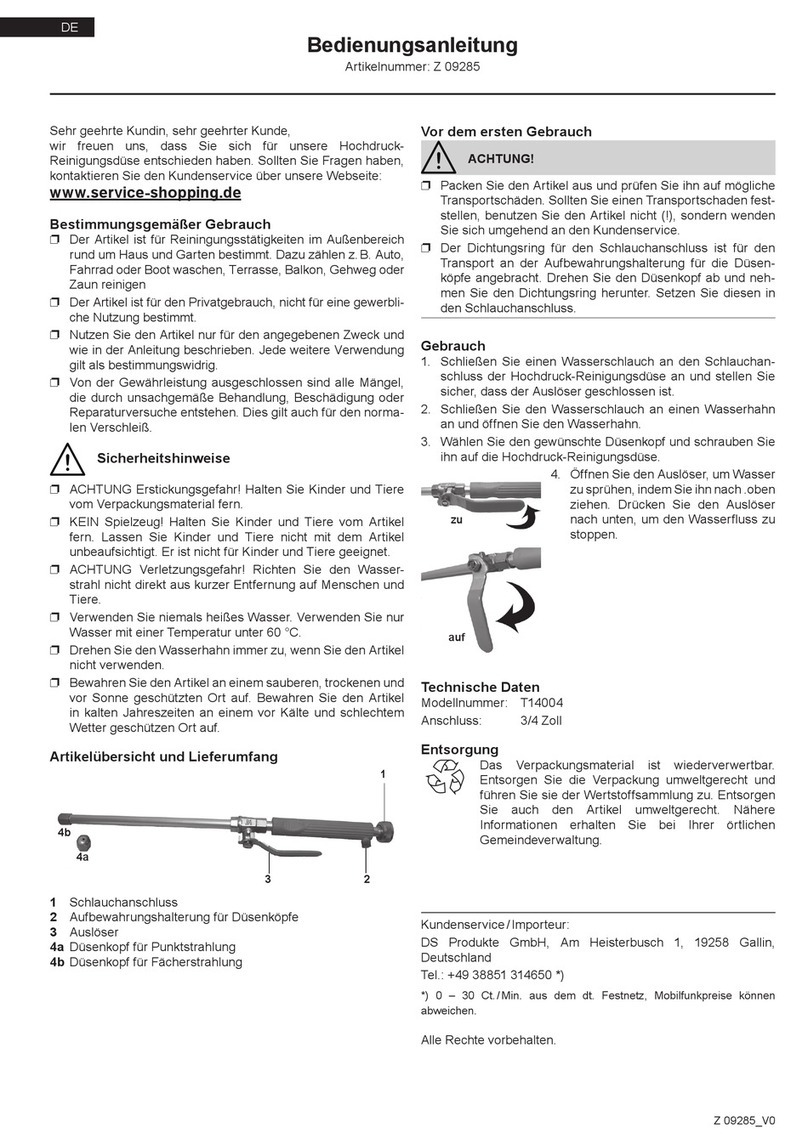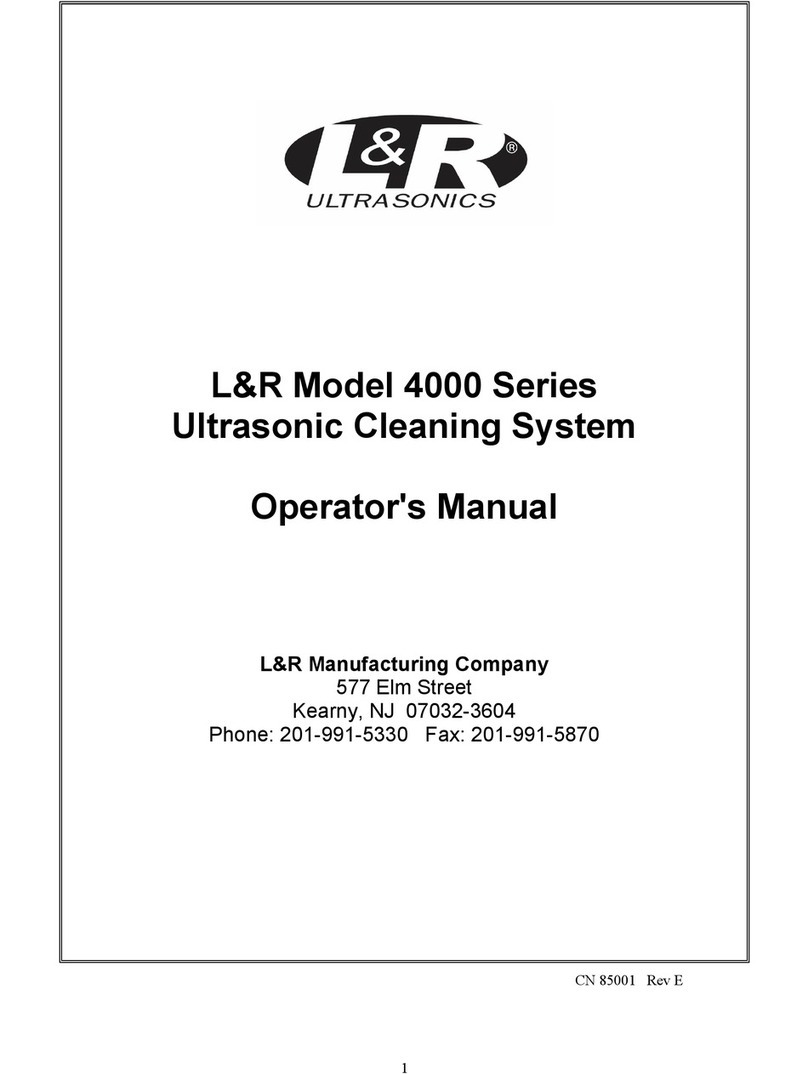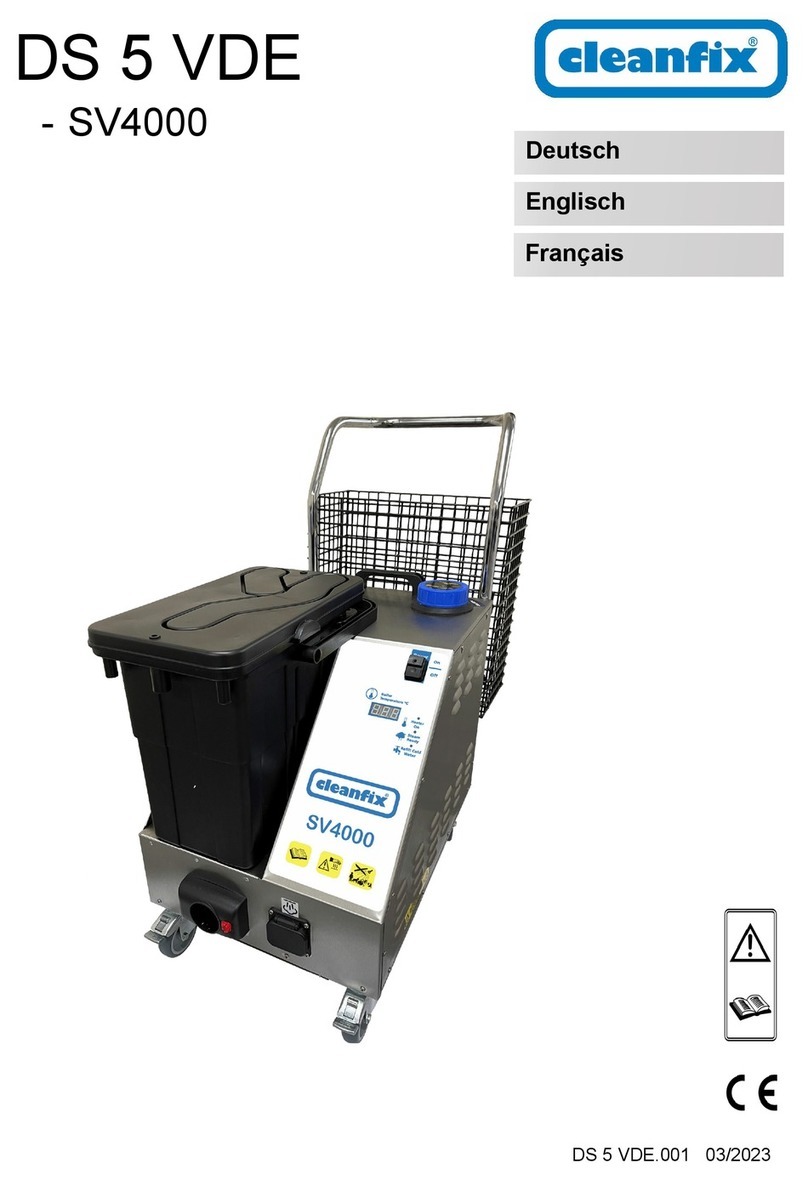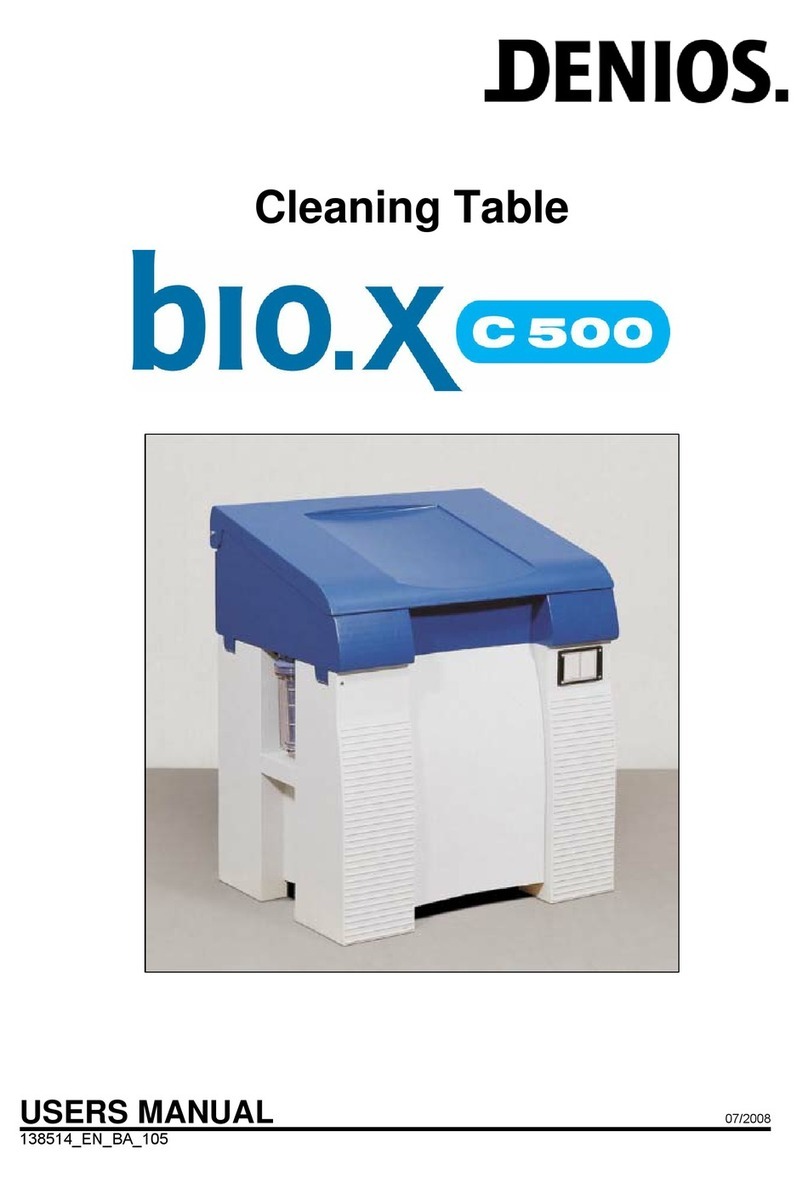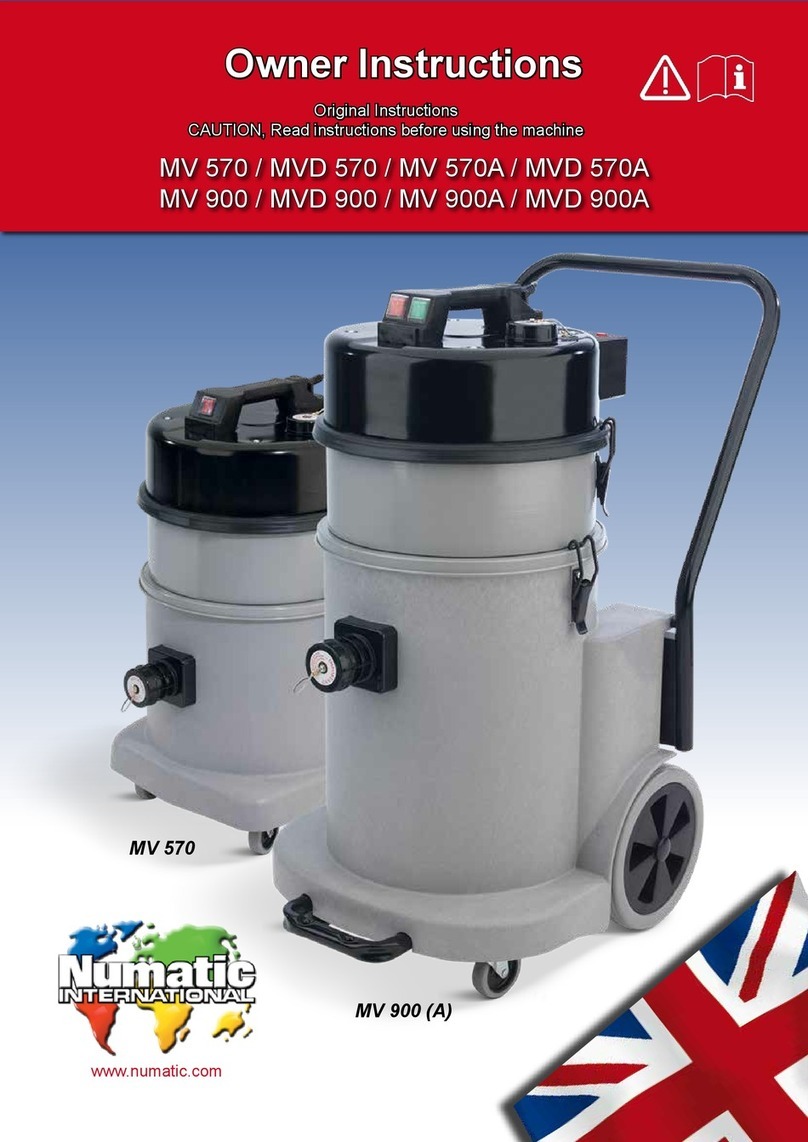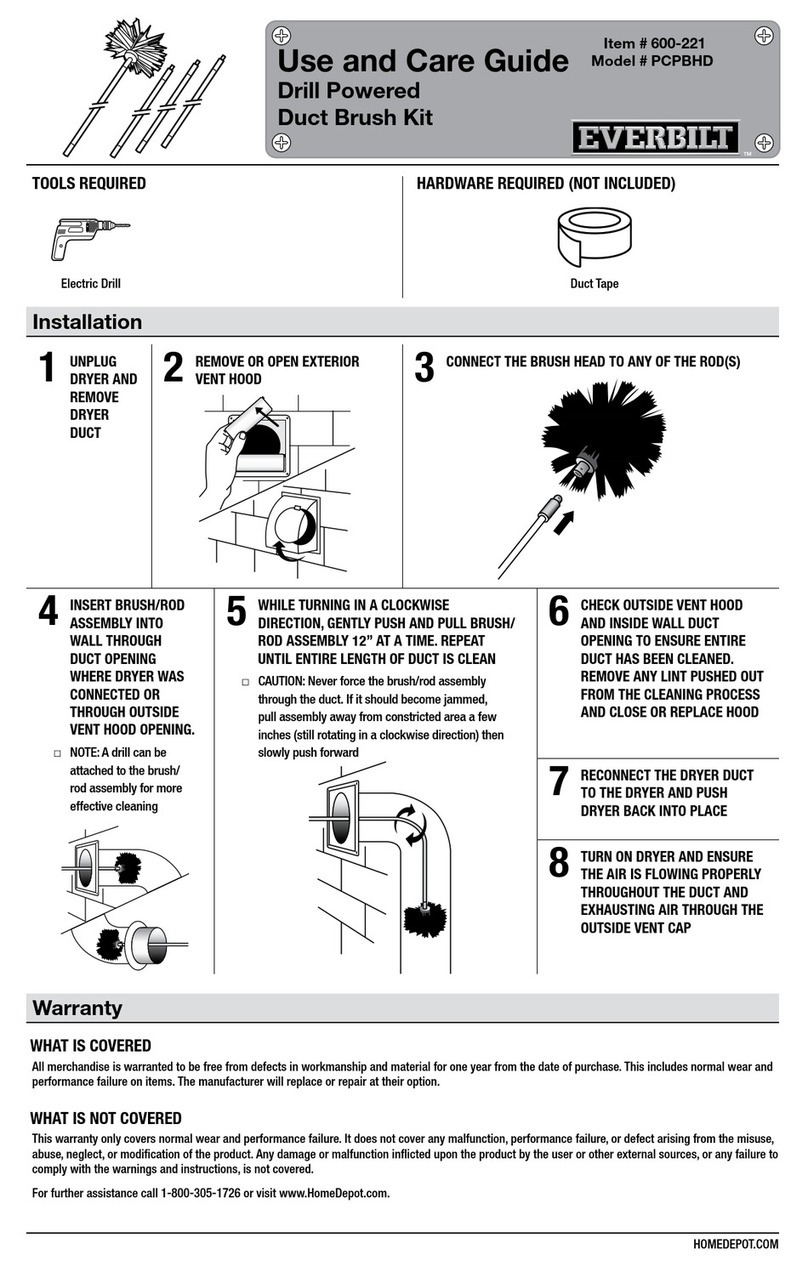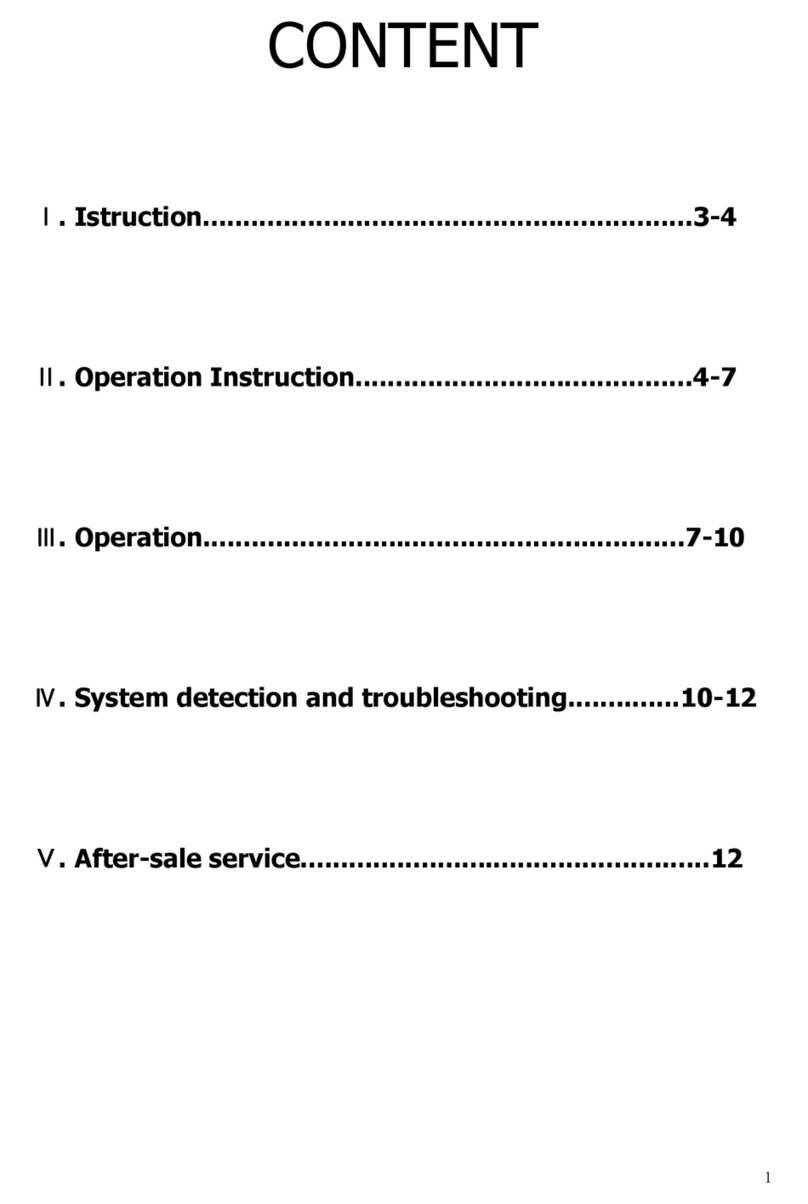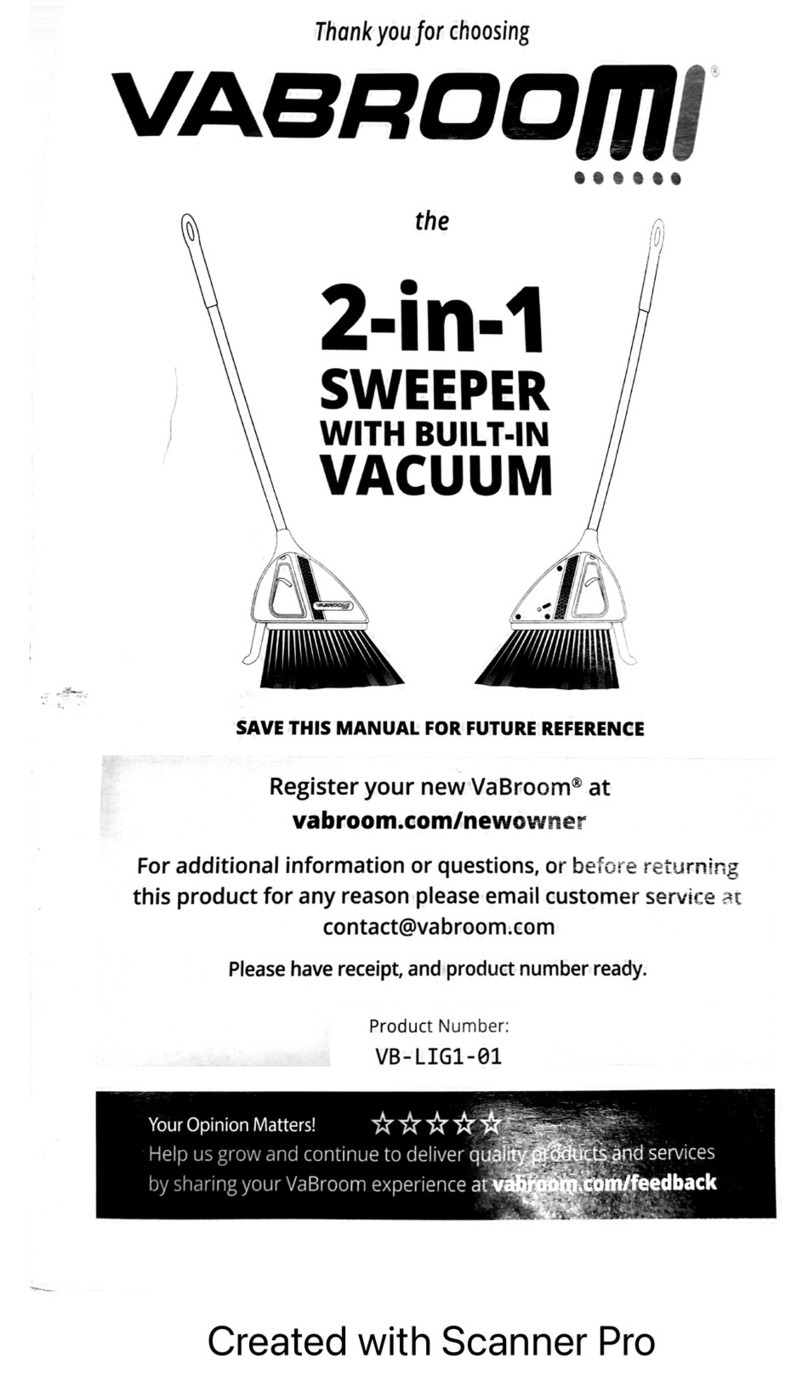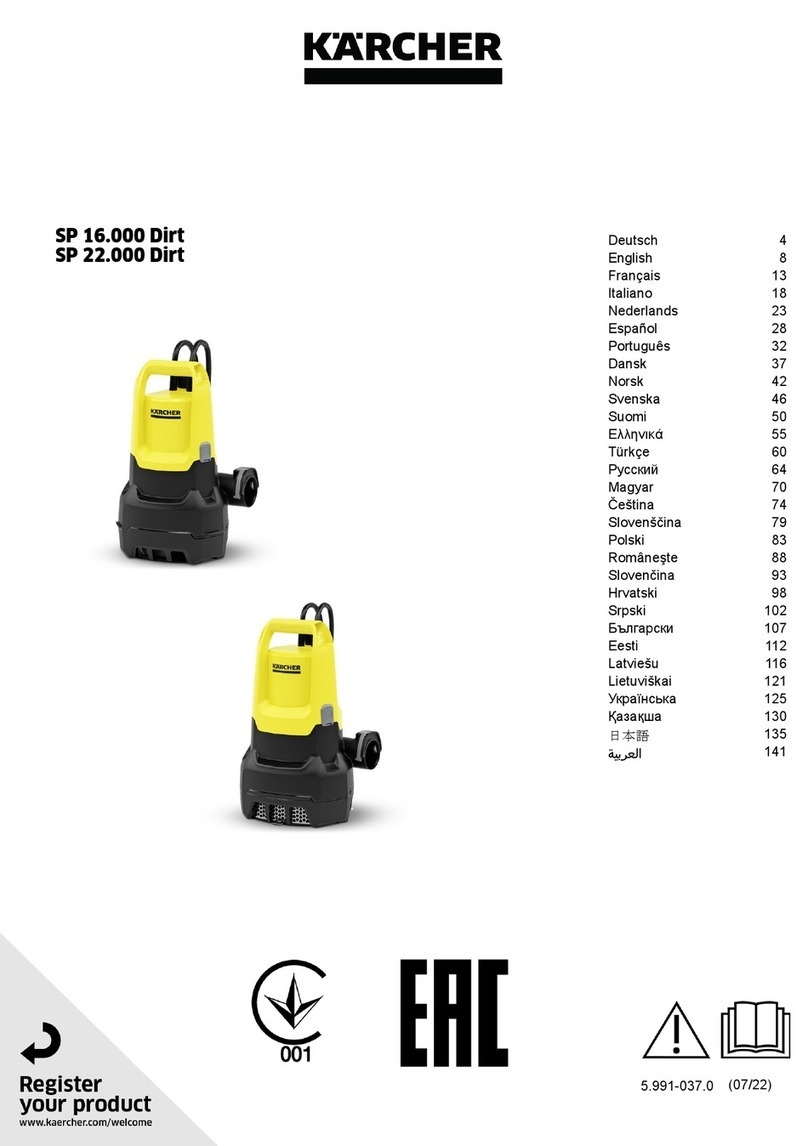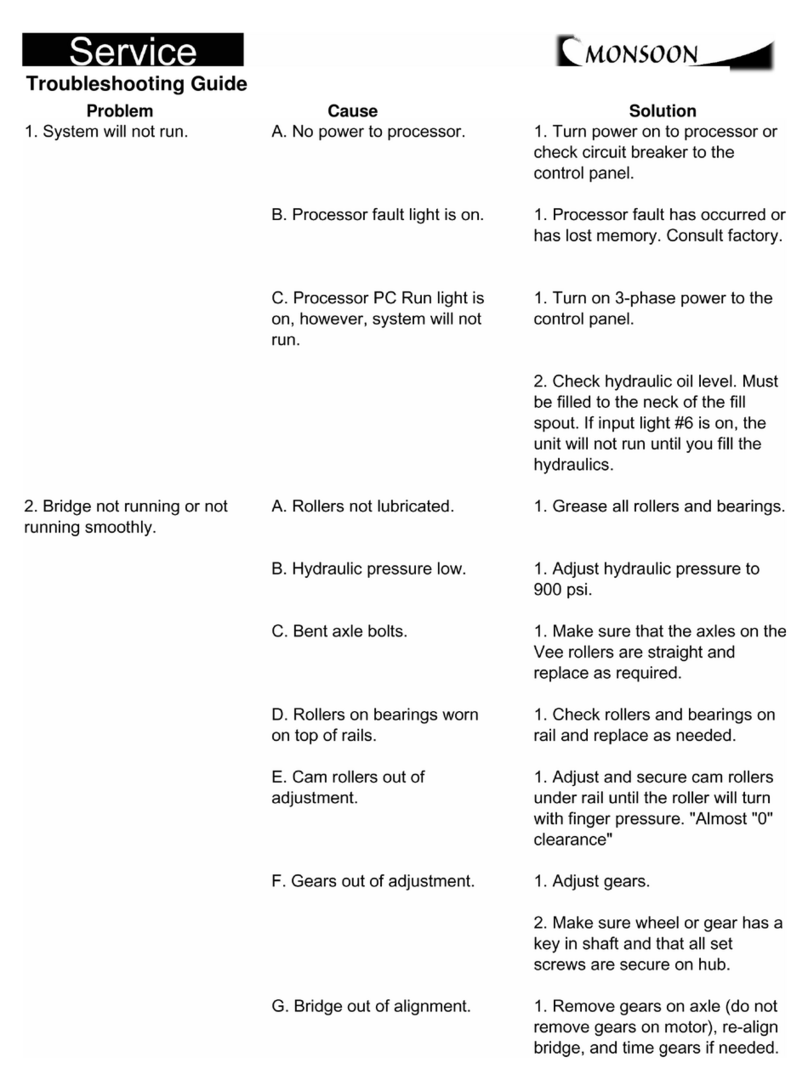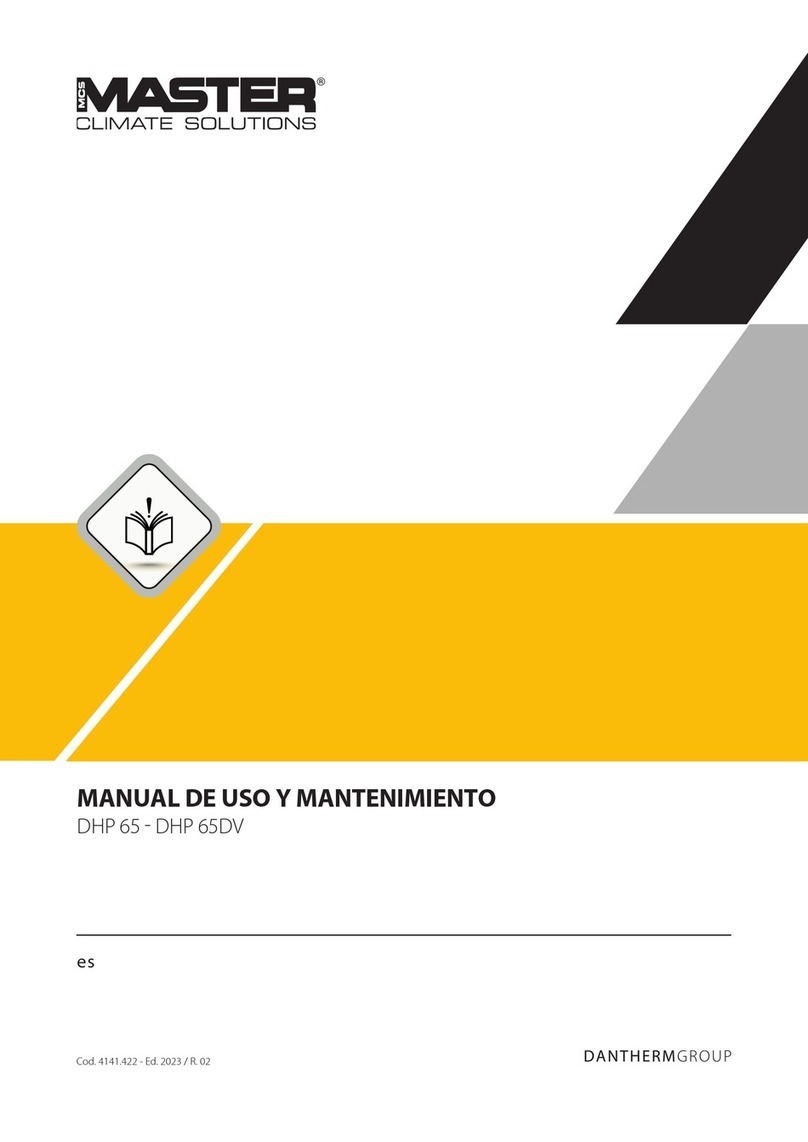CREST ULTRASONICS DMS-1218 User manual

Instruction Manual
Digital Modular System
Rinse Module
Manual #: DMS-R-IM
Model #: DMS-1218/DMS-1826
Advanced Ceramics Technology (M) Sdn. Bhd
Megasonic Sweeping (M) Sdn. Bhd.
A Crest Group Inc. Company
|No 1536, Jalan Perusahaan, Kawasan Perusahaan Bukit Tengah, 13600 Perai, Penang, Malaysia.|
|Tel: +60(4)-507 0018 | Fax: +60(4)-507 0020 |
| www.crest-ultrasonics.com | www.act.crestm.com |

DMS-R-IM
April 7, 2021 Digital Modular System - Rinse
i
Disclaimer
Care has been taken to ensure the accuracy of the information. No liability can be accepted
for any errors or omissions found in this manual. The publisher of this manual reserves the
right to revise this publication and make changes from time to time in its content without
notice.
Manual Conventions
This manual uses the following typefaces and other special formats to assist you in using
this manual.
Conventions in Text
We use various conventions in text to help you more quickly identify special terms. The
following table describes those conventions and provides examples of their use.
Conventions
Meaning
Example
TEXT
Bold upper case text indicates
STRONG EMPHASIS on a
particular word.
Parts are normally HOT when
they emerge out from the tank.
Text/text
Bold text indicates an emphasis on a
particular word.
Connect fill for rinse stations to
water source or chemical source.
[TEXT]
Bold upper case text enclosed in
brackets indicates keys/buttons to be
pressed on a control panel.
Press [POWER ON]button to
energize the machine.
[Text]
Text enclosed in brackets indicates
keys/buttons press on the user
interface or touch screen.
Click [Esc] or [Enter] to quit.
Text
Italic text indicates references to
headings or titles.
Refer to section 1.13 Lockout
Tagout (LOTO).
Text
Underline text indicates windows
(PC based) or screens (PLC based).
Press on [System Function] to go
to System Function screen.

DMS-R-IM
April 7, 2021 Digital Modular System - Rinse
ii
Danger, Warnings, Cautions, and Notes
DANGER
Danger messages indicate an imminently hazardous situation, which, if
not avoided, is extremely likely to result in death or serious injury. (Note
that this signal word is limited to the extreme situations.)
WARNING
Warning messages indicate a potentially hazardous situation, which, if
not avoided, could result in death or serious injury.
CAUTION
Caution messages indicate a potentially hazardous situation, which, if
not avoided may result in minor or moderate injury. It is also used to
alert the user against unsafe working practices and potential damage to
the system.
NOTE
Note messages provide additional information or helpful tips.
Manual Code
––
V 0123 IM 1 2.
1 2 3 4 5
1
Series
M –Aqueous Ultrasonic Cleaning Machine
V –Ultrasonic Solvent Cleaning Machine
PN –Optimum Console Junior
A –Accessories (Simple cleaning tank or console)
*For standard machine, the model number will be used. Example: F100.
**For Machine built by Crest (US), the Crest (US) job number will be used.
2
Job Number
Job number.
3
Manual Type
IM –Instruction Manual
4
Revision (Major)
Increase when major modification/update done on the manual.
5
Revision (Minor)
Increase when minor modification/update done on the manual.
Feedback on This Manual
the ACT or crest job number
the document number
the page number, or page numbers, to which your comments apply
a concise explanation of your comments
General suggestions for additions and improvements are also welcome.

DMS-R-IM
April 7, 2021 Digital Modular System - Rinse
iii
Revision History
Manual Code #
Description
DMS-R-IM
First publication.

DMS-R-IM
April 7, 2021 Digital Modular System - Rinse
iv
Table of Contents
DISCLAIMER .............................................................................................................................................................. I
MANUAL CONVENTIONS ......................................................................................................................................... I
Conventions in Text ............................................................................................................................................. i
Danger, Warnings, Cautions, and Notes ............................................................................................................ii
Manual Code ....................................................................................................................................................... ii
FEEDBACK ON THIS MANUAL .................................................................................................................................II
REVISION HISTORY .................................................................................................................................................III
TABLE OF CONTENTS.............................................................................................................................................IV
1. SAFETY ..........................................................................................................................................................1-1
1.1 INTRODUCTION ...........................................................................................................................................1-1
1.2 OPERATOR TRAINING .................................................................................................................................1-1
1.3 IMPORTANT SAFETY NOTIFICATIONS .........................................................................................................1-2
1.4 GENERAL PRECAUTION ..............................................................................................................................1-6
1.5 LIFTING HAZARDS ......................................................................................................................................1-7
1.6 HEAT/HOT SURFACE HAZARD...................................................................................................................1-7
1.7 CHEMICAL HAZARDS..................................................................................................................................1-8
1.7.1 Proper Use of Chemicals ....................................................................................................................1-9
1.7.2 Adequate Ventilation .........................................................................................................................1-9
1.8 COMPRESSED AIR HAZARD ......................................................................................................................1-10
1.8.1 Safety Precautions –Compressed Air..............................................................................................1-10
1.8.2 Safe Work Practices –Compressed Air ............................................................................................1-11
1.9 MECHANICAL HAZARDS ..........................................................................................................................1-12
1.10 ELECTRICAL HAZARDS.........................................................................................................................1-13
1.11 EMERGENCY OFF (EMO) CIRCUIT......................................................................................................1-14
1.11.1 Live After EMO ..........................................................................................................................1-15
1.11.2 Recover from Emergency OFF ....................................................................................................1-15
1.12 SAFETY INTERLOCKS.............................................................................................................................1-16
1.12.1 Panel Door Switch Interlock .......................................................................................................1-17
1.12.2 Liquid Leak Detection Sensor......................................................................................................1-18
1.12.3 Low Liquid Level .........................................................................................................................1-19
1.13 LOCKOUT TAG OUT (LOTO)................................................................................................................1-20
1.13.1 Lockout Tag out Procedure..........................................................................................................1-20
1.13.2 Restoring Lockout Tag out ..........................................................................................................1-22
2. SYSTEM OVERVIEW..................................................................................................................................2-1
2.1 INTRODUCTION ...........................................................................................................................................2-1
2.2 SYSTEM SPECIFICATIONS .............................................................................................................................2-5
2.2.1 General Specifications ........................................................................................................................2-6
2.2.2 Optional Features.............................................................................................................................2-10
3. INSTALLATION ..........................................................................................................................................3-1
3.1 CONSOLE UNCRATING AND PLACEMENT ..................................................................................................3-1
3.2 SYSTEM CLEARANCE...................................................................................................................................3-2
3.3 HANDLING AND TRANSPORTING ...............................................................................................................3-3
3.4 FACILITIES REQUIREMENTS.........................................................................................................................3-4
3.4.1 Interconnect Facility Services ............................................................................................................3-8
3.5 PLUMBING INSTALLATION..........................................................................................................................3-9
3.5.1 Step-By-Step Guide..........................................................................................................................3-10
3.6 ELECTRICAL INSTALLATION .....................................................................................................................3-11

DMS-R-IM
April 7, 2021 Digital Modular System - Rinse
v
3.6.1 Interconnect Wire Harness ..............................................................................................................3-13
3.7 LIQUID INDICATOR IN PLUMBING ............................................................................................................3-15
3.8 “PROCESS SUPERVISOR”DESIGNATION ...................................................................................................3-16
4. OPERATION .................................................................................................................................................4-1
4.1 INTRODUCTION ...........................................................................................................................................4-1
4.2 IMPORTANT SAFETY NOTIFICATIONS .........................................................................................................4-2
4.3 POWER ON SYSTEM ....................................................................................................................................4-4
4.4 PANELVIEW 800 TERMINAL HMI SCREEN.................................................................................................4-7
4.5 LOGIN &LOGOUT .....................................................................................................................................4-10
4.5.1 Scope of Users ..................................................................................................................................4-12
4.6 CLEAN,DRAIN AND FILL WATER............................................................................................................4-13
4.7 TEMPERATURE MONITORING AND SETTING ............................................................................................4-18
4.7.1 View and Change Tank Temperature Settings ................................................................................4-19
4.8 OPERATING STATION (RINSE STATION) ...................................................................................................4-21
4.8.1 Rinse Station Process Parameters Setup..........................................................................................4-21
4.8.2 Rinse Station Auto Cycle Cleaning Process ....................................................................................4-25
4.9 INFO AND ALARM MESSAGE ....................................................................................................................4-30
4.9.1 Info Message List .............................................................................................................................4-31
4.9.2 Alarm Message List .........................................................................................................................4-31
4.10 RECOVER FROM OVER TEMPERATURE .................................................................................................4-32
4.11 POWER OFF SYSTEM ............................................................................................................................4-34
4.12 EMERGENCY OFF .................................................................................................................................4-35
4.13 REMOTE AND LOCAL MODE ................................................................................................................4-36
4.14 AUTO/MANUAL MODE........................................................................................................................4-39
4.15 DECOMMISSIONING PROCEDURE.........................................................................................................4-41
4.16 OPERATING PROCEDURE DURING ACCIDENT OR BREAKDOWN .........................................................4-42
5. INTERPRETING HMI.................................................................................................................................5-1
5.1 MAIN MENU SCREEN..................................................................................................................................5-1
5.2 AUTO SCREEN .............................................................................................................................................5-4
5.2.1 Auto Screen (System in Auto mode operation and Remote mode). ...................................................5-6
5.3 ALARM HISTORY SCREEN ...........................................................................................................................5-7
5.4 RECIPE SETTING SCREEN.............................................................................................................................5-8
5.5 TEMPERATURE CONTROL SCREEN............................................................................................................5-10
5.6 MANUAL FUNCTION SCREEN ...................................................................................................................5-12
5.7 MISC.SCREEN............................................................................................................................................5-16
5.7.1 Misc. 1 Screen ..................................................................................................................................5-17
5.7.2 Misc. 2 Screen ..................................................................................................................................5-18
5.7.3 Misc. 3 Screen ..................................................................................................................................5-19
5.7.4 Misc. 4 Screen ..................................................................................................................................5-21
5.7.5 Misc. 5 Screen ..................................................................................................................................5-22
5.7.6 Misc. 6 Screen ..................................................................................................................................5-23
5.8 AUTO OPTIONS SCREEN............................................................................................................................5-24
5.9 DIGITAL I/O STATUS .................................................................................................................................5-26
5.10 PROCESS DATA MONITOR....................................................................................................................5-27
6. PREVENTIVE MAINTENANCE...............................................................................................................6-1
6.1 INTRODUCTION ...........................................................................................................................................6-1
6.2 IMPORTANT SAFETY NOTIFICATIONS .........................................................................................................6-1
6.3 BUDDY SYSTEM............................................................................................................................................6-3
6.4 COMPONENTS MAINTENANCE ...................................................................................................................6-4
6.5 PM FOR TANK AND PLUMBING..................................................................................................................6-4
6.5.1 Clean, Drain and Fill .........................................................................................................................6-5
6.5.2 Cleaning Carboy (Optional Item) ......................................................................................................6-6

DMS-R-IM
April 7, 2021 Digital Modular System - Rinse
vi
6.5.3 PM for Sparger/Sprayer.....................................................................................................................6-7
6.5.4 Determine Filter Cartridge / Bag Filter Condition ............................................................................6-7
6.5.5 Replacing Filter Cartridge –SOE Filter Housing (Optional Item)...................................................6-8
6.5.6 Replacing Filter Cartridge –DOE Filter Housing (Optional Item)..................................................6-9
6.5.7 Perform PM for Bucket Strainer (Tee-Line Strainer) (Optional Item) ............................................6-10
6.5.7.1 Insert Orientation (Tee-Line Strainer).................................................................................................... 6-11
6.5.8 Perform PM for Wye-Strainer (Optional Item) ...............................................................................6-14
6.5.9 General Check ..................................................................................................................................6-14
6.6 PM CHECK FOR LIQUID LEAK SENSOR.....................................................................................................6-15
6.7 PM FOR PANEL DOOR SWITCH ................................................................................................................6-16
6.8 PM FOR ELECTRICAL ................................................................................................................................6-17
6.9 PM FOR ULTRASONIC GENERATOR (OPTIONAL ITEM) ...........................................................................6-18
6.10 PM FOR PUMP (OPTIONAL ITEM)........................................................................................................6-19
6.11 PM CHECK ON EMO BUTTON .............................................................................................................6-20
6.12 PM FOR IN-LINE BRIX-MONITOR CM-800Α (OPTIONAL ITEM).........................................................6-21
6.13 PM FOR CDA FR (FILTER REGULATOR)(OPTIONAL ITEM) ...............................................................6-23
6.14 PM FOR TEMPERATURE CONTROLLER (THERMOSTAT).......................................................................6-24
6.14.1 H2 Assembly Drawing................................................................................................................6-25
7. FUNDAMENTALS OF ULTRASONIC CLEANING ............................................................................7-1
7.1 INTRODUCTION ...........................................................................................................................................7-1
7.1.1 Factors Affecting Scrubbing Action...................................................................................................7-1
7.1.2 Fundamental Components .................................................................................................................7-3
8. TROUBLESHOOTING ...............................................................................................................................8-1
8.1 CORRECTING PROBLEMS .............................................................................................................................8-1
9. APPENDIX.....................................................................................................................................................9-1
9.1 SYSTEM PASSWORD .....................................................................................................................................9-1
9.2 DATE AND TIME SETTING ...........................................................................................................................9-2
9.3 ADMINISTRATION LOGIN............................................................................................................................9-4
9.4 TEMPERATURE PRESENT VALUE OFFSET SETTING .....................................................................................9-5
9.5 MACHINE SETUP (DMS-1218)....................................................................................................................9-7
9.6 MACHINE SETUP (DMS-1826)..................................................................................................................9-12
9.7 RESISTIVITY METER SET POINT ADJUSTMENT (OPTIONAL ITEM)............................................................9-17
9.8 RESISTIVITY METER SET POINT ADJUSTMENT (OPTIONAL ITEM)............................................................9-19
9.9 CONDUCTIVITY METER SET POINT ADJUSTMENT (OPTIONAL ITEM)......................................................9-21
9.10 PHMETER SET POINT ADJUSTMENT (OPTIONAL ITEM) .....................................................................9-23
9.11 PHSENSOR INSTALLATION ..................................................................................................................9-24
9.12 RESISTANCE TEMPERATURE DETECTOR (RTD) CALIBRATION PROCEDURE ......................................9-27
10. ENVIRONMENTAL PROTECTION/DISPOSAL................................................................................10-1
10.1 DISPOSAL AND RECYCLING..................................................................................................................10-1
10.2 GOVERNMENTAL REGULATORY BODIES..............................................................................................10-1

DMS-R-IM Safety
April 7, 2021 Digital Modular System - Rinse
1-1
1. Safety
1.1 Introduction
WARNING
Operating the system with any portion of the safety systems
or procedures bypassed can result in severe system damage
and human injury.
Extreme care and considerations were taken during the design and
implementation of this system for safe operation of this system by operators.
However, it is mandatory that users are aware of hazards highlighted in this
entire section to avoid incidents that may cause system damage or even human
injury.
1.2 Operator Training
Ultrasonic cleaning system and chemicals (if applicable) should be used only by
personnel specifically trained for their use. This training should include
electrical safety, machine operation, familiarity with the cleaning chemicals and
emergency procedures.

DMS-R-IM Safety
April 7, 2021 Digital Modular System - Rinse
1-2
1.3 Important Safety Notifications
DANGER
DO NOT USE cleaning liquids classified as FLAMMABLE or
COMBUSTIBLE in this cleaning console. It is not equipped
with the safeguards necessary for cleaning with combustible
chemicals.
DANGER
Flammable liquids in ultrasonic cleaning equipment
For overall product safety, operator safety, and product
liability as it pertains to flammable solvent, Crest Ultrasonics’
aqueous ultrasonic tanks are not designed to operate with
class 1, division 1 flammable liquids or in hazardous locations.
Crest neither recommends nor will it be held liable for any
customer that uses flammable liquids in our aqueous
ultrasonic tanks.
If you have any concerns or questions as to the safety of your
chemistries in ultrasonic applications, please contact your
Crest representative
DANGER
Electrical Hazard: Hazardous voltage. May cause electrical
shock or burn!
High voltages exist in this machinery when the electrical
power is turned on. Always disconnect power when servicing
machine. When operating the system, observe all practical
precautions for the use of high voltage machinery, as dictated
by applicable electrical codes and regulations. Observe all
operating precautions as they are stated throughout this
manual.
DANGER
Adequate Ventilation: Some cleaning liquids emit vapors that
may be harmful. Use cleaning liquids only in well-ventilated
areas. Do not inhale vapors. Do not allow solvent vapors to
exceed maximum allowable concentrations in the work area.

DMS-R-IM Safety
April 7, 2021 Digital Modular System - Rinse
1-3
WARNING
Caution on use of highly acidic and alkaline chemicals in
ultrasonic cleaning equipment
The usage of:
highly acidic chemicals with pH value ≤ 2, such as
Hydrofluoric acid, Hydrochloric acid, Nitric acid,
Sulfuric acid
highly alkaline chemicals with pH value ≥ 13, such as
barium hydroxide, sodium hydroxide, potassium
hydroxide
Is not permissible in the process tanks without consulting
Crest Ultrasonics.
WARNING
Never place your hands, arms, or any body part in the
cleaning or rinse liquids when ultrasonic cleaning is in
operation. Always use racks, baskets, or tongs for inserting
and removing objects from the cleaning tank.
WARNING
For every cleaning liquid used, keep readily available
manufacturer’s Material Safety Data Sheets (MSDS) with
regard to toxicity, stability against corrosive breakdown,
compatibility issues, and treatment of adverse reactions.
Before using a chemical, read all instructions provided by the
manufacturer and refer to them whenever there is any
question at all about the use of the cleaning liquids.
WARNING
Before working with any part of this ultrasonic cleaning
system, you must tightly secure loose hair, jewelry, loose
clothing and other personal effects that may be drawn into or
damaged by moving parts of the machinery. Failure to do this
may result in property damage and/or serious personal injury.
Also, be careful to avoid pinch injuries to fingers when
working near moving parts of the machine.

DMS-R-IM Safety
April 7, 2021 Digital Modular System - Rinse
1-4
WARNING
High voltages exist in this machinery when the electrical
power is turned on. Always disconnect power when servicing
machine. When operating the system, observe all practical
precautions for the use of high voltage machinery, as dictated
by applicable electrical codes and regulations. Observe all
operating precautions as they are stated throughout this
manual.
WARNING
Countertops on the console can become HOT after extended
periods of operation. Use protective gloves and other
protective clothing.
WARNING
Tank walls remain hot for a period of time after the machinery
is turned off. Therefore, you should exercise appropriate
caution when performing cleaning and maintenance
operations. Wear gloves and other protective clothing, or wait
until the tank walls have cooled.
WARNING
(Applies only to system with dryer): The drying system
generates heat above 200°F. Therefore, parts that have been
dried will be extremely HOT. Do not touch them with bare
hands until cooled; or, use protective gloves.
WARNING
Ultrasonic cleaning equipment and chemicals should be used
only by personnel specifically trained for their use. This
training should include electrical safety, machine operation,
familiarity with the cleaning chemicals, and emergency
procedures.
WARNING
Cleaning bath inside the tank(s) may remain hot for a period
of time after the system is turned off. Ensure the bath has
cooled off before draining. Otherwise, it will cause burn mark
on the tank wall.

DMS-R-IM Safety
April 7, 2021 Digital Modular System - Rinse
1-5
WARNING
Some cleaning liquids can be harmful or toxic to human life
when used improperly. Always avoid skin contact with
cleaning liquids. Do not ingest cleaning liquids.
NOTE
Please read through Safety chapter before carrying out
installation, operation or maintenance of this system.
NOTE
If you ever plan to use combustible chemicals for ultrasonic
cleaning, please contact Crest to order machinery suited for
that purpose.

DMS-R-IM Safety
April 7, 2021 Digital Modular System - Rinse
1-6
1.4 General Precaution
Several hazards may be present when operating or servicing the system and
extreme caution must be exercised at all times.
The hazards that may be encountered include:
Electrical hazards
Mechanical hazards
Lifting hazards
Chemical hazard
Compressed air hazard
Heat and hot surface hazards
Existence of hazards on this system is indicated by the use of safety labels that
are fixed in a visible manner.
The use of controls, replacement parts, adjustments or procedures other than
those specified within this manual may result in exposure to any of these
hazards.
The degree of seriousness of the hazards is indicated by the use of the following
signal words:
DANGER
Indicates an imminently hazardous situation, which, if not
avoided, is extremely likely to result in death or serious
injury. (Note that this signal word is limited to the extreme
situations.)
WARNING
Indicates a potentially hazardous situation, which, if not
avoided, could result in death or serious injury.
CAUTION
Indicates a potentially hazardous situation, which, if not
avoided may result in minor or moderate injury. It is also
used to alert the user against unsafe working practices and
potential damage to the system.

DMS-R-IM Safety
April 7, 2021 Digital Modular System - Rinse
1-7
1.5 Lifting Hazards
WARNING
Heavy Object:
For manual handling for load of more than 5
kg, the user should find a solution to lift the
load and also considering the frequency of
loading cycles.
Recommend to use proper lifting aids when
moving or lifting.
PPE
1.6 Heat/Hot Surface Hazard
WARNING
Tank walls remain HOT for a period of time
after the machinery is turned off.
Therefore, you should exercise appropriate
caution when performing cleaning and
maintenance operation.
Wear gloves and other protective clothing,
or wait until the tank walls have cooled.
PPE
WARNING
Countertops on the console can become
HOT after extended periods of operation.
Use protective gloves and other protective
clothing.
PPE

DMS-R-IM Safety
April 7, 2021 Digital Modular System - Rinse
1-8
WARNING
Hot Surface Hazard
The cleaning system liquid may exceed
50C. Therefore, parts that have been
washed will be HOT. Do not touch them
with bare hands until cooled; or, use
protective gloves.
PPE
WARNING
(Applies for system with dryer)
Hot Surface hazard
The drying system generates heat above
200F (90C); therefore, parts that have been
dried will be extremely HOT. Do not touch
them with bare hands until cooled; or, use
protective gloves.
PPE
1.7 Chemical Hazards
WARNING
It is the responsibility of the purchaser to label tanks
containing hazardous chemicals that will be used by
employees. Employees must be trained in the safe handling
and disposal of the chemicals, issued the proper protective
equipment and required to use these safe-handling
procedures and equipment (As far as applicable)
WARNING
Some cleaning liquids emit vapors that may be harmful. Use
cleaning liquids only in well-ventilated areas. Do not inhale
vapors. Do not allow solvent vapors to exceed maximum
allowable concentrations in the work area (As far as
applicable)

DMS-R-IM Safety
April 7, 2021 Digital Modular System - Rinse
1-9
CAUTION
Chemical Hazards
Wear face shield while loading / unloading
the basket into the machine tank (As far as
applicable).
You are urged to wear PPE as
recommended on the MSDS (As far as
applicable).
PPE
CAUTION
Chemical Hazards
Wear gloves while loading / unloading the
basket into the machine tank (As far as
applicable).
You are urged to wear PPE as
recommended on the MSDS (As far as
applicable).
PPE
1.7.1 Proper Use of Chemicals
For every cleaning liquid used, keep readily available manufacturer’s Material
Safety Data Sheet (MSDS) with regard to toxicity, stability against corrosive
breakdown, and treatment of adverse reactions. Before using a chemical, read
all instructions provided by the manufacturer and refer to them whenever there
is any question at all about the use of the cleaning liquid.
Some cleaning liquids can be harmful or toxic to human life when used
improperly. Always avoid skin contact with cleaning liquids. Do not ingest
cleaning liquids.
1.7.2 Adequate Ventilation
Some cleaning liquids emit vapors which may be harmful. Use solvent only in
well-ventilated areas. Do not inhale vapors. Do not allow solvent vapors to
exceed maximum allowable concentrations in the work area.

DMS-R-IM Safety
April 7, 2021 Digital Modular System - Rinse
1-10
1.8 Compressed Air Hazard
WARNING
Compressed Air Hazard: Lockout source and bleed off
pressure before servicing equipment.
CAUTION
Compressed Air Hazard. Compressed air is used in this
system to provide power like shutter door, tank lid, and
conveyor stopper and so on.
Recommended compressed air pressure: 5-6 bar (80-90psi)
1.8.1 Safety Precautions –Compressed Air
The following precautions pertain to the use of compressed air devices:
All pipes, hoses, and fittings must have a rating of the maximum pressure
of the compressor. Compressed air pipelines should be identified (psi) as
to maximum working pressure.
Air supply shutoff valves should be located (as near as possible) at the
point-of-operation.
Air hoses should be kept free of grease and oil to reduce the possibility of
deterioration.
Hoses should not be strung across floors or aisles where they are liable to
cause personnel to trip and fall. When possible, air supply hoses should
be suspended overhead, or otherwise located to afford efficient access
and protection against damage.
Hose ends must be secured to prevent whipping if an accidental cut or
break occurs.
Pneumatic impact tools, such as riveting guns, should never be pointed at
a person.
Before a pneumatic tool is disconnected (unless it has quick disconnect
plugs), the air supply must be turned off at the control valve and the tool
bled.
Compressed air must not be used under any circumstances to clean dirt
and dust from clothing or off a person’s skin. Shop air used for cleaning

DMS-R-IM Safety
April 7, 2021 Digital Modular System - Rinse
1-11
should be regulated to 15 psi unless equipped with diffuser nozzles to
provide lesser pressure.
Goggles, face shields or other eye protection must be worn by personnel
using compressed air for cleaning equipment.
Static electricity can be generated through the use of pneumatic tools.
This type of equipment must be grounded or bonded if it is used where
fuel, flammable vapors or explosive atmospheres are present.
1.8.2 Safe Work Practices –Compressed Air
The following is a summary of safe work practices that should be followed
when using compressed air:
Ensure that excessive pressure and chip fly back hazards are effectively
controlled.
Always wear the appropriate personal protective equipment. As stated
previously, eye protection must be worn when using compressed air.
Never use compressed air to clean clothing or the body. This greatly
increases the risk of an air gun directly contacting the body. Particles can
also easily become dislodged and enter the skin or eyes. Use a safe
alternative such as a brush or vacuum tool.
Never participate in horseplay with compressed air. Never point an air
gun or direct air toward another individual.
Never tamper with air guns or modify them in any way. Homemade
devices added to air guns usually increase the potential for injury.

DMS-R-IM Safety
April 7, 2021 Digital Modular System - Rinse
1-12
1.9 Mechanical Hazards
WARNING
Pinch Point And Mechanical Entanglement Hazards: Will
result in injury to fingers/hand if placed in machine. Keep
fingers/hand out of the system. Turn power off and lockout
tag out before servicing.
CAUTION
Trip Hazard!
Please be careful that the fill and drain hose is extended out
from the rear of the system and may cause tripping.
Extreme care and consideration were taken throughout the development of this
system for the safe operation of the equipment and operator. However, it is
mandatory that users observe extreme care to avoid situations that may
endanger life or cause injury. Therefore, it is essential to take the following
precautions:
Do not wear loose fitting clothing, neckties or jewelry that could become
entangled in moving parts.
Do not try to remove piece parts from a moving handling system.
Ensure that only trained and qualified personnel are permitted within the
working zone of the equipment.
Identify the working zone of the equipment with floor marking, signs and
barriers.
Eliminate areas where personnel might be trapped between moving and
fixed parts of the equipment (pinch points).
Provide sufficient room to permit safe training and maintenance
procedures.
Always adhere to local or company safety regulations.
Report to the appropriate authorities should any unsafe condition is
found around the area of the equipment.

DMS-R-IM Safety
April 7, 2021 Digital Modular System - Rinse
1-13
1.10 Electrical Hazards
Electrical Hazard: Hazardous voltage. May cause electrical
shock or burn. Refer to electrical drawing for more detail.
Disconnect and lockout tag-out system. Wait for at least 15
minutes after main supply is disconnected prior to servicing
this system.
WARNING
Power to this system is provided by
DMS-1218: 240VAC / 3-phase / 60Hz / 16Amp
DMS-1826: 240VAC / 3-phase / 60Hz / 31Amp
Disconnect and lockout tag out (LOTO) system prior to
servicing.
General Electrical Safety:
Only trained and certified personnel should remove covers.
Ensure that only trained personnel, familiar with electrical hazards, have
access to the inside of the system.
Follow accepted working procedures and code of practice when working on
electrical components.
Follow the requirements of the electrical safety code for the site where the
system is installed.
Read the operating instructions of the system before commencing any
servicing.
Never wear rings, bracelets or other jewelry when working around electrical
circuits.
Never work on electrical equipment alone. Always have a colleague nearby.
Isolate the main power input at the circuit breaker, lock it in the OFF
position and attach a notice to the circuit breaker before replacing fuses or
exchanging printed circuit boards (PCB).
Never operate the system if any main power cable is frayed or damaged.
Never operate the system in production with safety covers removed.
Never assume the polarities of cabling or replacement components.
Other manuals for DMS-1218
1
This manual suits for next models
1
Table of contents
Other CREST ULTRASONICS Cleaning Equipment manuals
